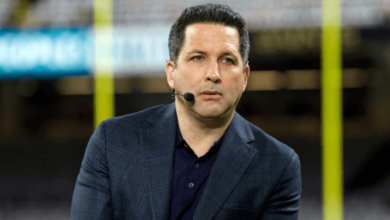Caller Fraud Risk & Hotline Oversight Council 3519873072 3204170370 3275673762 3493434486 3444010135 3512017022

Caller fraud presents a growing challenge that affects both individuals and the integrity of communication systems. Specific numbers, such as 3519873072 and 3204170370, have been linked to various scams, raising concerns about consumer protection. The Hotline Oversight Council is tasked with addressing these threats through coordinated efforts. Their strategies and protocols may hold the key to understanding how to better safeguard personal information and enhance awareness. What measures are truly effective in this ongoing battle?
Understanding Caller Fraud and Its Implications
Although caller fraud has become a pervasive issue in recent years, its implications extend beyond financial losses, affecting trust in communication systems and public safety.
Various caller tactics, such as spoofing and social engineering, exploit vulnerabilities in user awareness.
Effective fraud detection methods are crucial for mitigating risks, preserving individual freedoms, and ensuring the integrity of communication channels amidst a growing landscape of deceitful practices.
Identifying Scams Linked to Specific Numbers
The identification of scams linked to specific phone numbers represents a critical component in combating caller fraud.
Effective scam detection relies on thorough number verification processes, enabling individuals to discern legitimate calls from fraudulent ones.
The Role of the Hotline Oversight Council
While combating caller fraud requires a multifaceted approach, the Hotline Oversight Council plays a pivotal role in coordinating efforts to safeguard consumers.
The council’s responsibilities include enhancing hotline effectiveness by establishing protocols, evaluating response strategies, and ensuring comprehensive training for hotline operators.
Steps to Protect Yourself From Caller Fraud
Effective strategies for protecting oneself from caller fraud are imperative in the current landscape of increasing scams. Individuals should prioritize fraud prevention by utilizing caller verification methods, such as checking caller IDs and researching unknown numbers.
Additionally, staying informed about common tactics used by fraudsters can enhance awareness. Ultimately, vigilance and proactive measures are essential to safeguard personal information and maintain freedom from deceitful practices.
Conclusion
In conclusion, caller fraud remains a pervasive threat, with an estimated 30% of all phone users experiencing some form of scam in 2022. The Hotline Oversight Council’s proactive measures and training initiatives are vital in addressing this issue, particularly concerning the identified phone numbers. By fostering awareness and implementing effective protocols, the council not only enhances consumer protection but also cultivates a more vigilant society, ultimately aiming to restore trust in communication systems.



